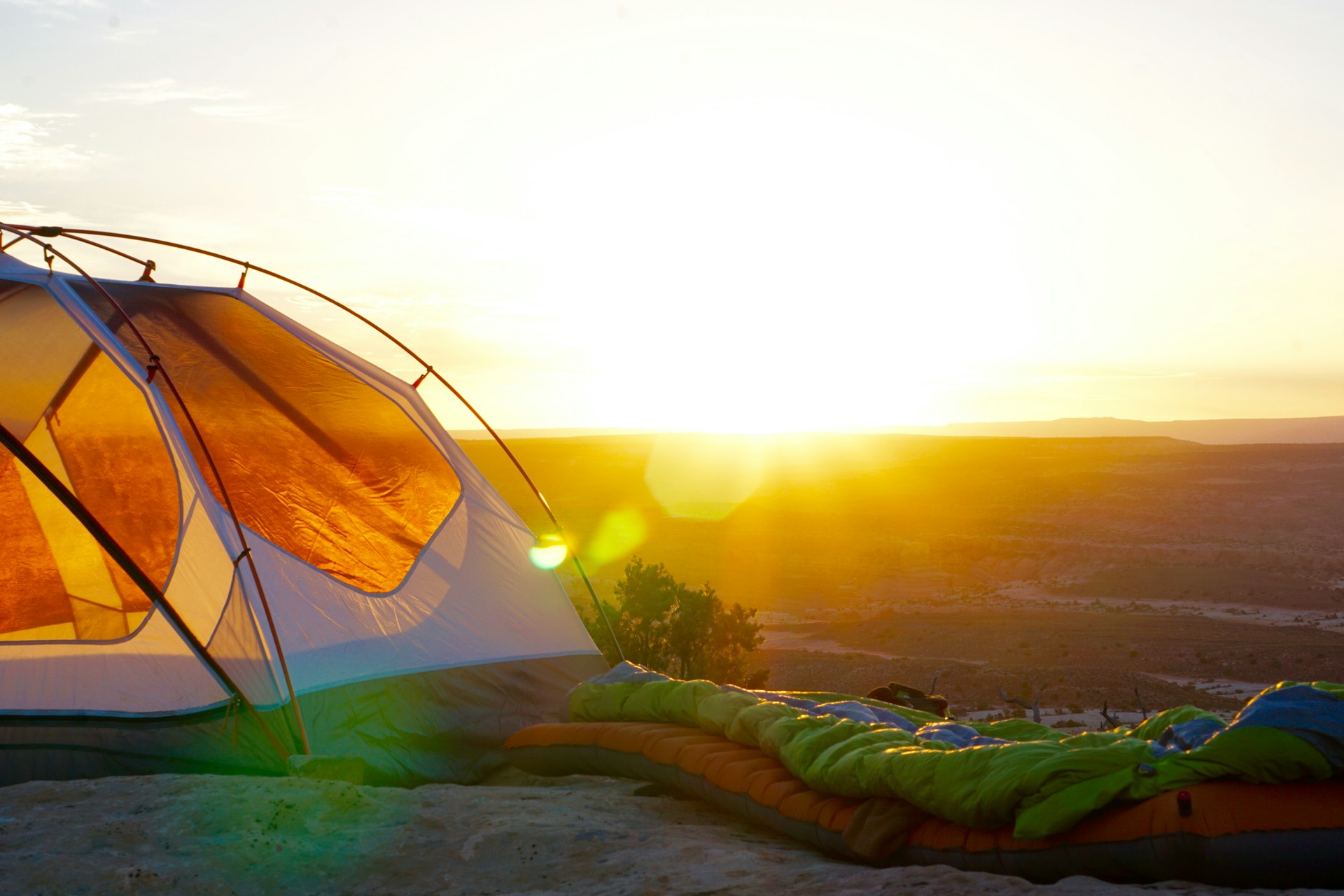There’s something magical about spending the night under the stars in America’s national parks. While RVs offer many conveniences, they also limit your camping options and distance you from the natural experience. Car camping, tent camping, and other non-RV options allow you to access more remote sites, save money, and connect more deeply with nature.
Whether you’re a seasoned camper or planning your first national park expedition, this guide will help you camp comfortably without the bulk and limitations of an RV. With the right preparation and equipment, you can create a cozy outdoor home that rivals the comfort of an RV while maintaining the authentic wilderness experience that draws so many to our national parks.
Choosing the Right Tent for National Park Camping
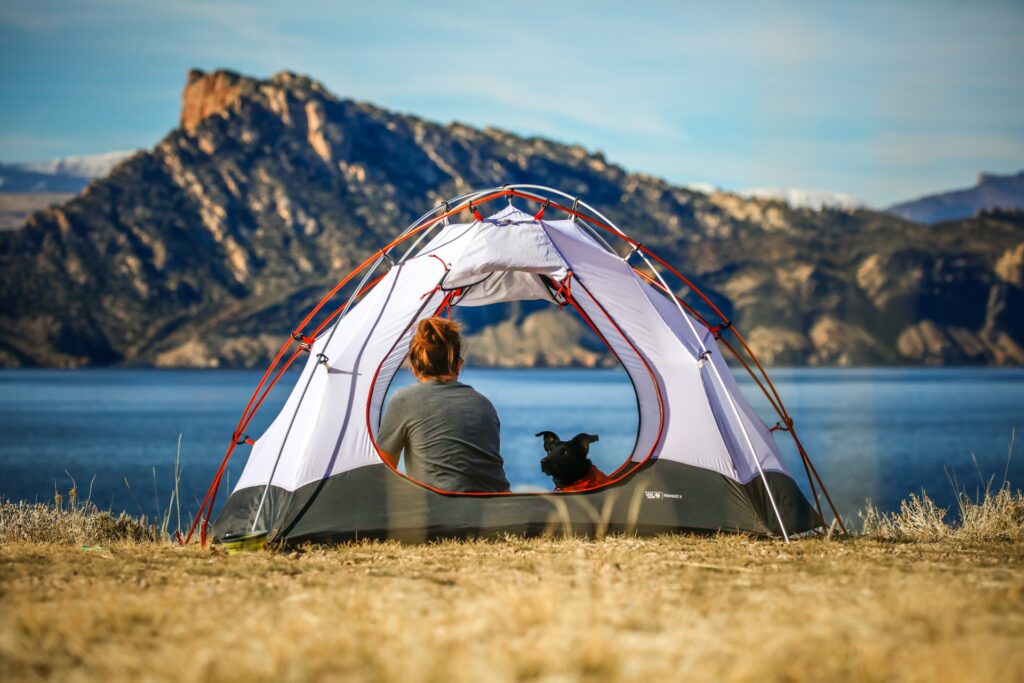
Your tent is your wilderness home, making it perhaps the most critical piece of gear for comfortable camping. For national parks, consider a 3-season tent with a full rain fly to handle unexpected weather changes that often occur in diverse park environments. Size-wise, choose a tent rated for at least one person more than your group—this provides extra space for gear storage and movement without adding significant weight.
Look for models with vestibules, which create covered outdoor space perfect for storing dirty boots or cooking during light rain. High-quality aluminum poles offer the best balance of durability and weight, while mesh panels provide essential ventilation to prevent condensation buildup overnight.
Creating a Comfortable Sleeping System
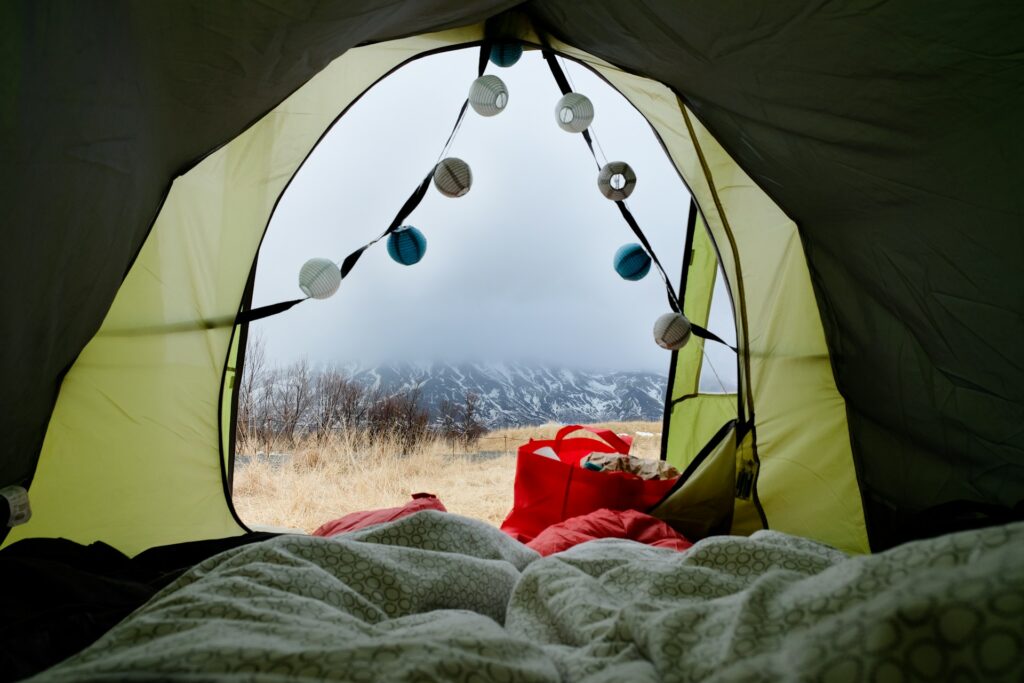
A good night’s sleep makes all the difference between an enjoyable camping trip and a miserable one. Start with a quality sleeping pad—insulated air pads offer the best combination of comfort, insulation, and packability for most national park environments. Layer your sleeping system according to expected temperatures; a 20°F sleeping bag is versatile for most three-season camping, but consider adding a silk liner for extra warmth in higher elevations or shoulder seasons.
Don’t forget a dedicated pillow, as this small luxury significantly improves sleep quality—inflatable camping pillows now weigh just a few ounces while providing excellent support. For couples, consider a double sleeping bag or bags that zip together, allowing shared warmth while eliminating the gap between separate bags.
Mastering Camp Kitchen Setups
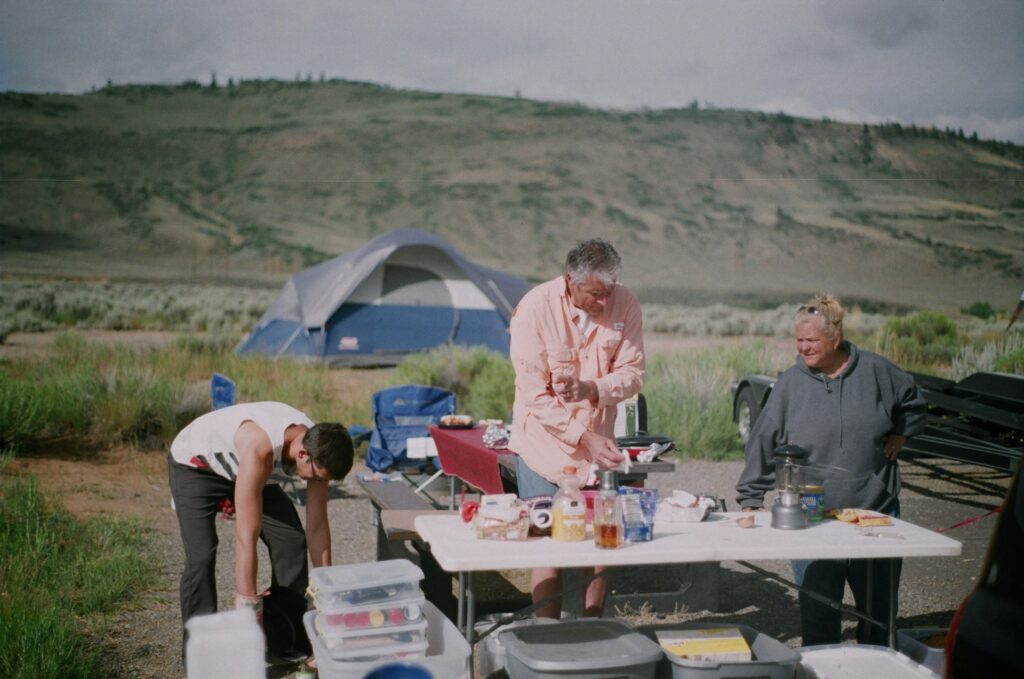
A well-organized camp kitchen makes meal preparation efficient and enjoyable without RV conveniences. Begin with a reliable two-burner propane stove, which offers sufficient cooking capacity without excessive bulk or fuel consumption. Pack a kitchen kit including a sharp knife, cutting board, spatula, tongs, can opener, and compact spice kit for flavorful meals.
For cookware, nested stainless steel or titanium pots and pans save space while providing durability. Consider bringing a collapsible sink for washing dishes, along with biodegradable soap that won’t harm the environment when properly disposed of according to park regulations. Store food in a quality cooler with block ice rather than cubes for longer-lasting refrigeration, and always follow the park’s specific food storage requirements to prevent wildlife encounters.
Practical Camp Furniture for Extended Comfort
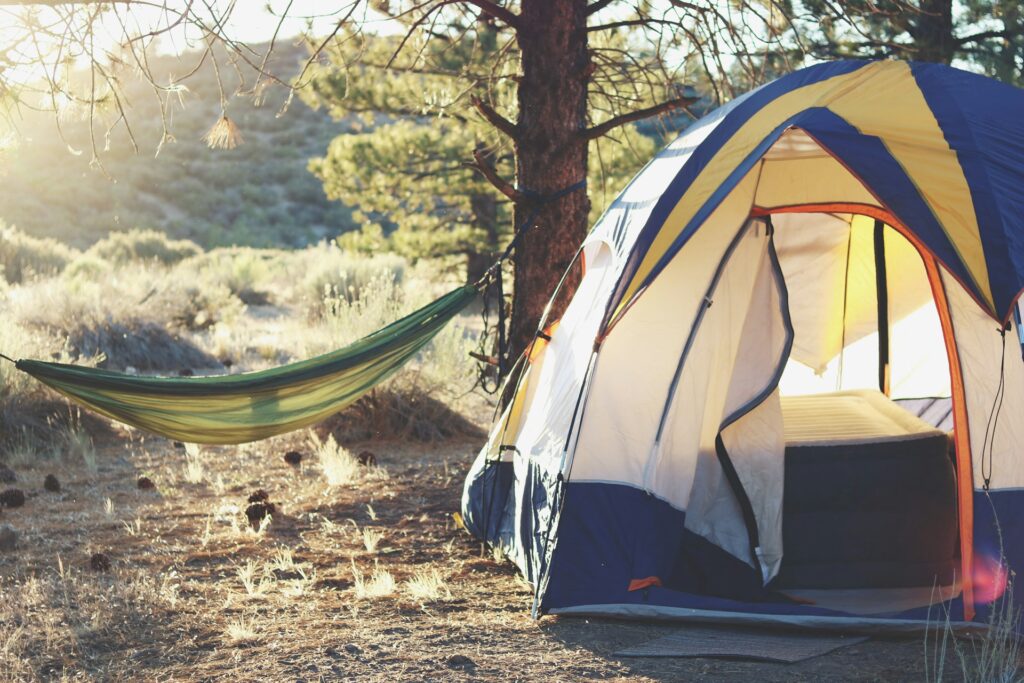
Strategic furniture choices transform a basic campsite into a comfortable outdoor living space. Invest in quality camping chairs with proper back support—your body will thank you after a day of hiking park trails. A collapsible table provides crucial surface area for meal prep, dining, or playing cards during leisurely evenings. Consider packable options like roll-top aluminum tables that break down into small bundles yet provide stability when assembled.
For longer stays, a compact camp kitchen stand organizes cooking supplies and creates valuable counter space without taking up much room in your vehicle. Hammocks offer versatile relaxation options and can be hung between trees when site regulations permit, creating an elevated lounge perfect for afternoon reading or stargazing.
Lighting Solutions for Enhanced Campsite Usability
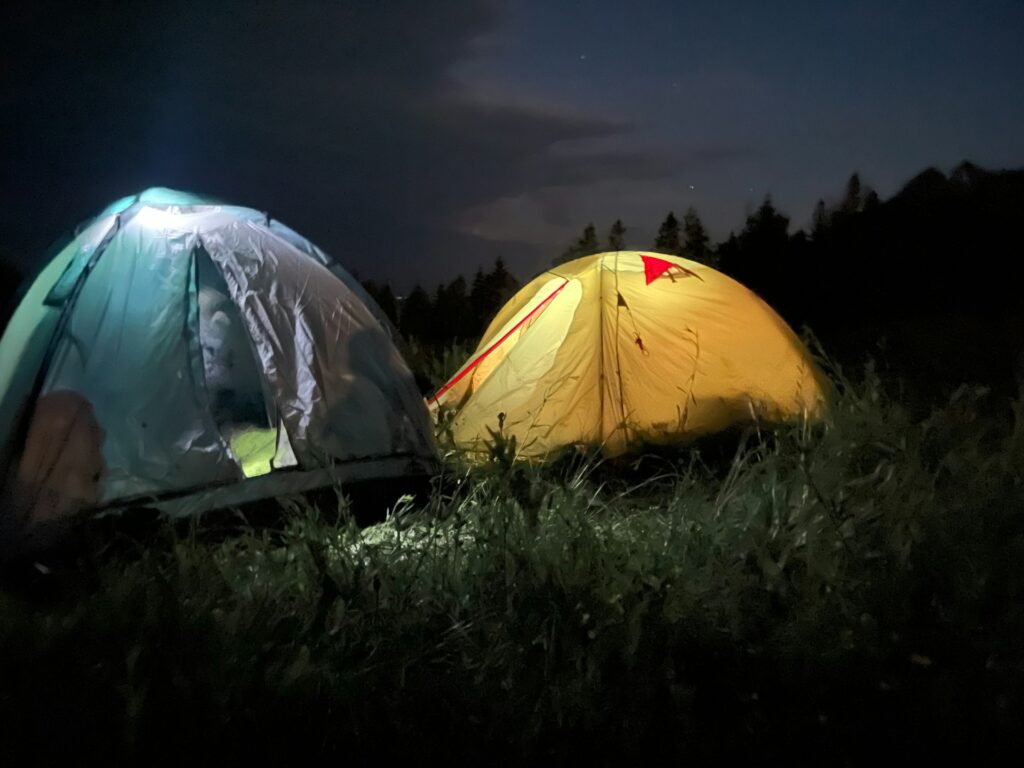
Effective lighting extends your enjoyment of camp well beyond sunset without RV electrical systems. Headlamps provide essential hands-free illumination for cooking, nighttime bathroom trips, or reading in your tent. Supplement with a lantern for ambient lighting—modern LED lanterns offer remarkable brightness with minimal battery consumption, with some models running for weeks on a single set of batteries.
Solar-powered string lights add both practical illumination and ambiance when draped around your eating area or tent vestibule. Consider lighting with adjustable brightness to conserve battery life and reduce light pollution, enhancing your chances of seeing spectacular night skies that national parks are famous for. Always pack spare batteries or ensure rechargeable options can be powered through your vehicle or portable power bank.
Weather Protection Strategies
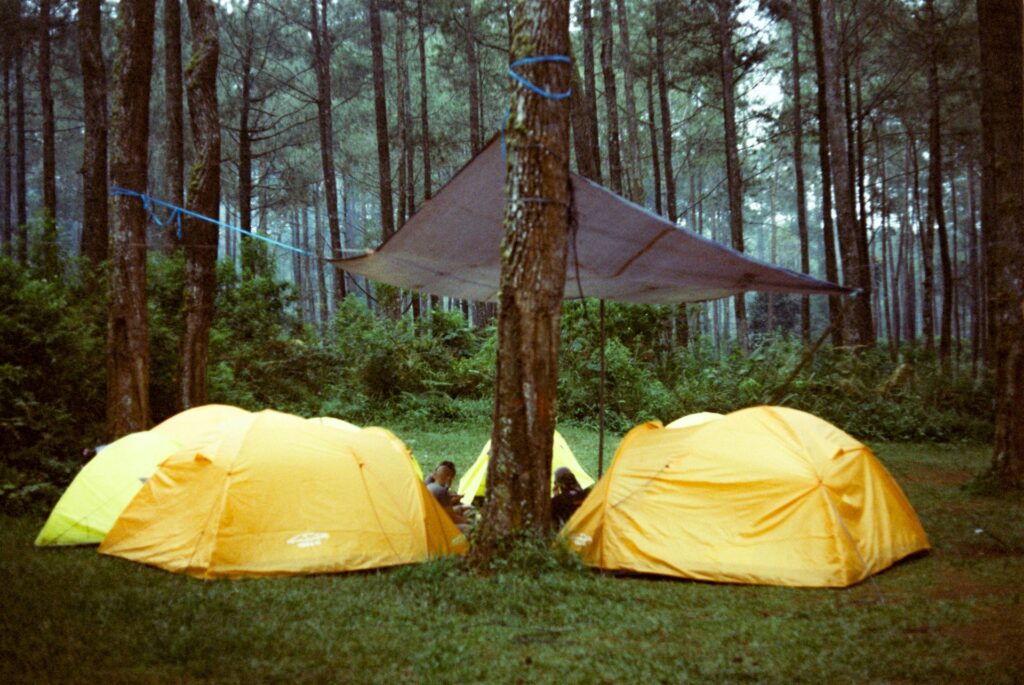
National park weather can change rapidly, making comprehensive weather protection essential for comfort. Beyond your tent, pack a standalone tarp or canopy to create a sheltered outdoor living space during rain or intense sun. Learn to set up effective tarp configurations using trekking poles, trees, or your vehicle as anchor points. Wind protection significantly improves comfort—position your tent with the lowest profile facing prevailing winds and use natural windbreaks like boulders or vegetation when selecting your site.
Pack clothing layers that handle multiple conditions, including waterproof outer layers, insulating mid-layers, and moisture-wicking base layers. Always bring extra stakes and guy lines to strengthen your tent setup against unexpected wind gusts that frequently occur in mountain or coastal park environments.
Managing Campsite Hygiene Without Facilities
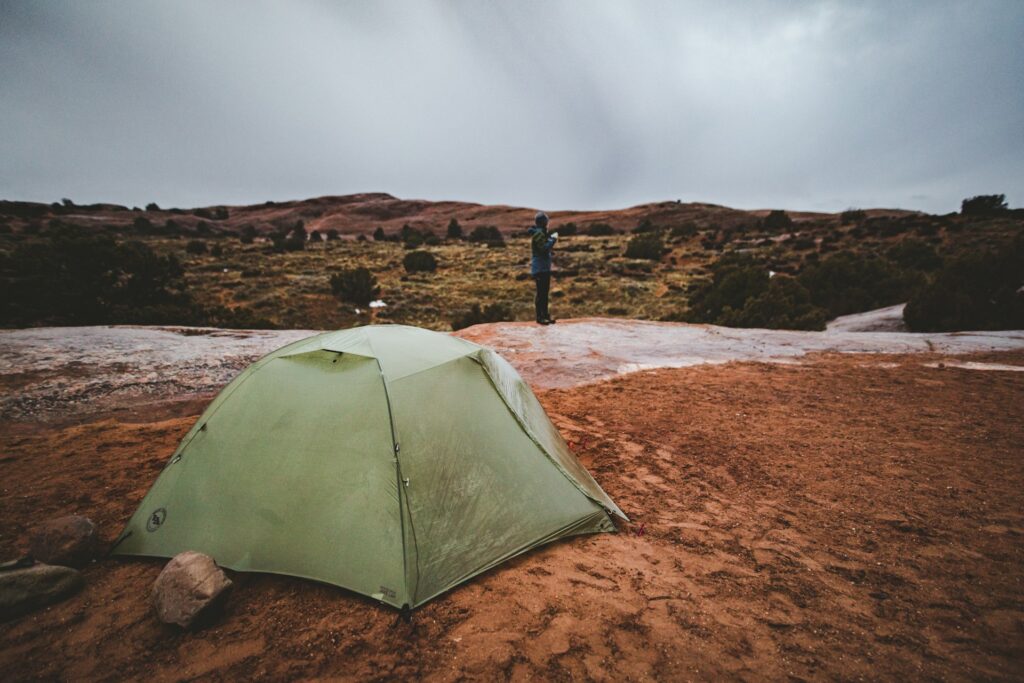
Maintaining personal hygiene enhances comfort during multi-day national park stays, especially at primitive sites. Solar shower bags provide warm water for bathing when hung in direct sunlight for several hours—look for models with temperature indicators and on/off nozzles to conserve water. Pack biodegradable wet wipes for quick refreshing when full bathing isn’t practical, particularly after hiking or during cooler weather. Create a handwashing station using a water container with a spigot mounted on a tree or table, placing biodegradable soap and a small towel nearby for convenient access.
For teeth brushing, use a dedicated water bottle rather than drinking directly from your hydration reservoir, and always scatter gray water according to park regulations—typically at least 200 feet from any water source.
Temperature Regulation Inside Your Tent
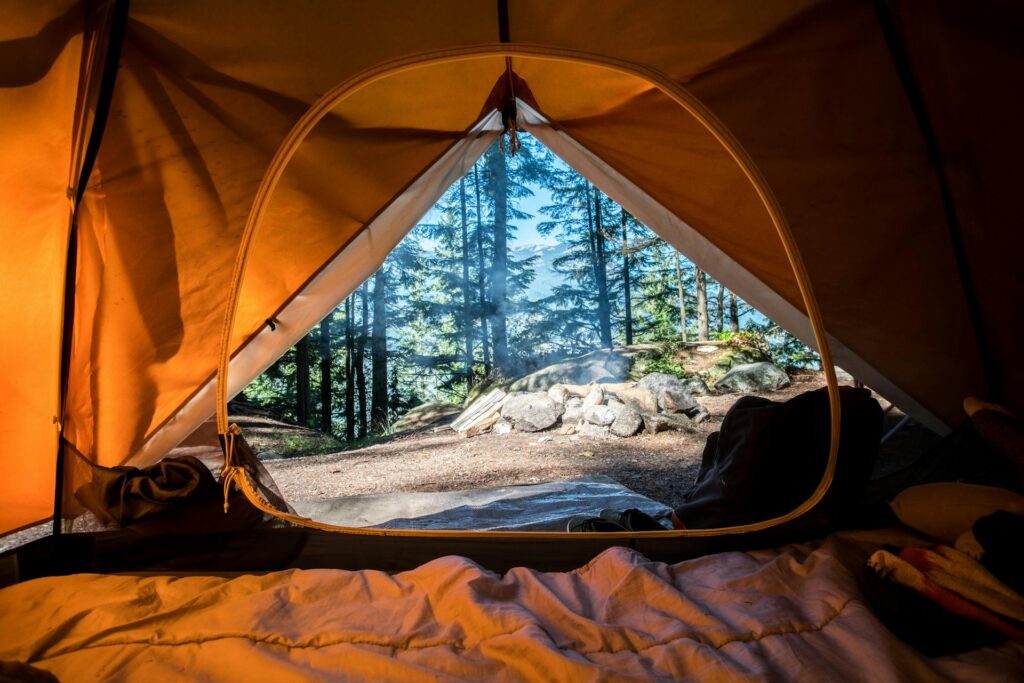
Controlling your tent’s internal temperature dramatically improves sleep quality and overall comfort. During hot weather, position your tent to catch afternoon shade while allowing morning sun to naturally warm the interior and prevent condensation. Strategic ventilation is crucial—open opposing vents to create cross-breeze and reduce moisture buildup that leads to clammy conditions. For cold weather camping, use a closed-cell foam pad beneath your air mattress to prevent heat loss to the ground, which accounts for significant warmth drainage.
Consider adding a small tent-safe heater for chilly mornings in shoulder seasons, but never use propane heaters inside tents due to carbon monoxide risks. Instead, opt for electric options powered by portable power stations, or simply boil water for hot water bottles that can be placed in your sleeping bag before bedtime.
Planning for Connectivity and Power Needs
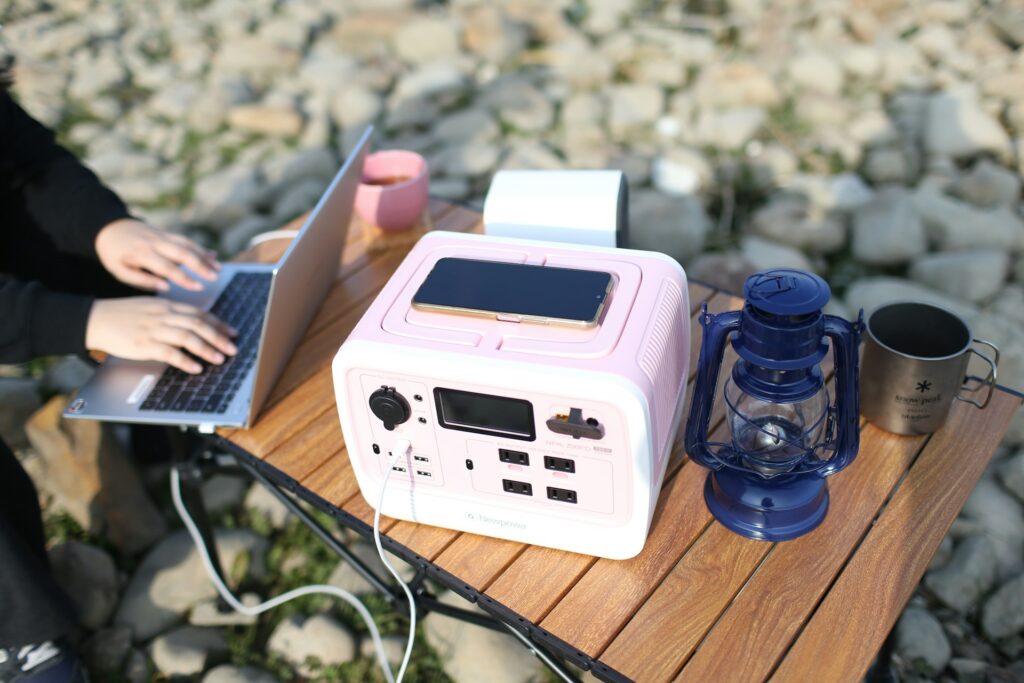
While disconnecting is part of the national park experience, maintaining basic power for essentials enhances comfort and safety. Portable power stations have revolutionized non-RV camping, providing clean, silent electricity for charging phones, cameras, or small appliances like CPAP machines. Size your power needs realistically—a 200-300Wh power bank suffices for most weekend trips, while longer stays might require 500Wh or larger units with solar recharging capabilities.
Cell service varies dramatically throughout national parks, so download offline maps, guides, and entertainment before arrival. Consider a cellular signal booster if maintaining communication is important for work or family needs, but remember that many parks intentionally lack coverage in backcountry areas to preserve wilderness character.
Securing Food and Managing Wildlife Interactions
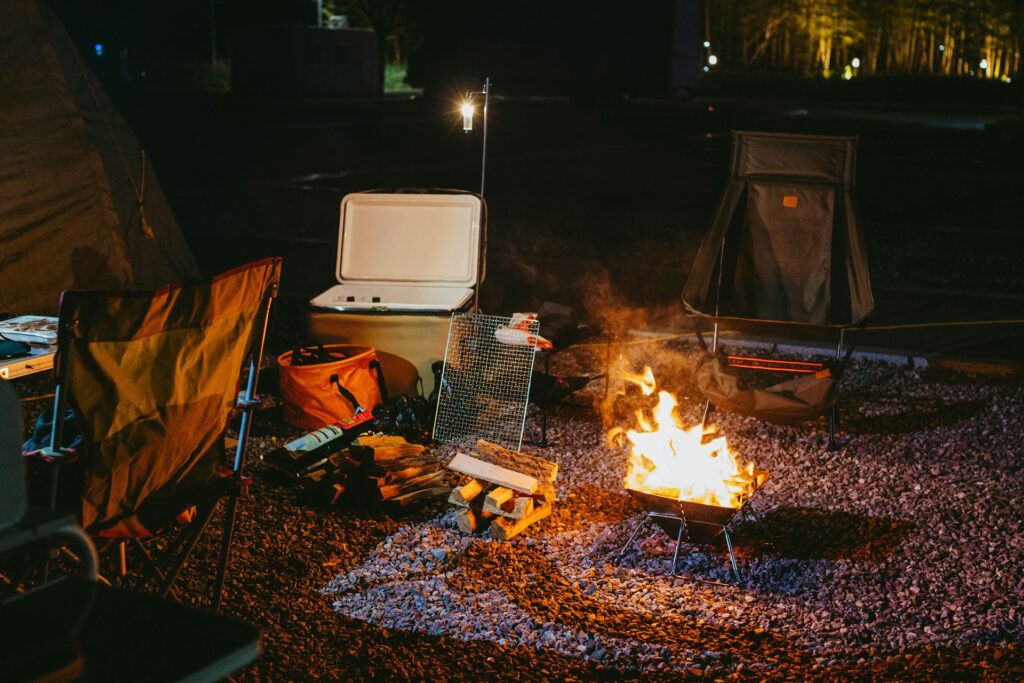
Proper food management is critical for comfort and safety when camping without an RV’s secure storage. National parks have specific food storage requirements based on local wildlife—bear canisters are mandatory in many parks including Yosemite, Olympic, and sections of the Rocky Mountains. In other areas, food lockers may be provided at campsites, or proper hanging techniques using bear bags may be permitted. Never store food, toiletries, or scented items in your tent, even during daytime hours, as wildlife can be attracted to the slightest food residue.
Organize coolers and food boxes for efficiency, keeping frequently accessed items separate from main stores to minimize time with food containers open. Remember that proper food management protects both you and wildlife, as animals that associate humans with food often must be relocated or euthanized.
Selecting the Right Campsite Within Parks
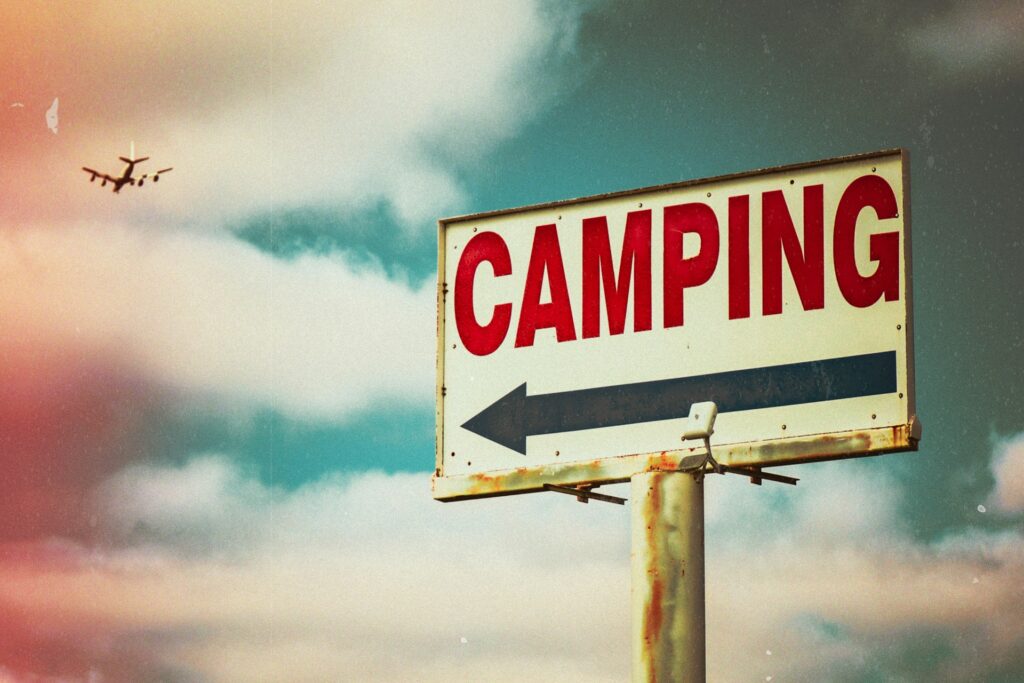
Strategic campsite selection within national parks significantly impacts your comfort and experience. When making reservations, research individual campgrounds thoroughly—some primitive campgrounds offer spectacular settings but minimal facilities, while others provide showers and electrical outlets for a more comfortable experience. Within your assigned campground, look for sites that offer natural advantages like shade trees, privacy screening, and protection from prevailing winds. Corner sites often provide more space and fewer neighbors, while sites near restrooms offer convenience but may experience more foot traffic.
For popular parks like Yellowstone, Grand Canyon, or Zion, book sites 6 months in advance when the reservation window opens, particularly for summer weekends and holidays. Consider less-visited campgrounds within the same park for better availability and a more peaceful experience.
Clothing and Layering Systems for Variable Conditions
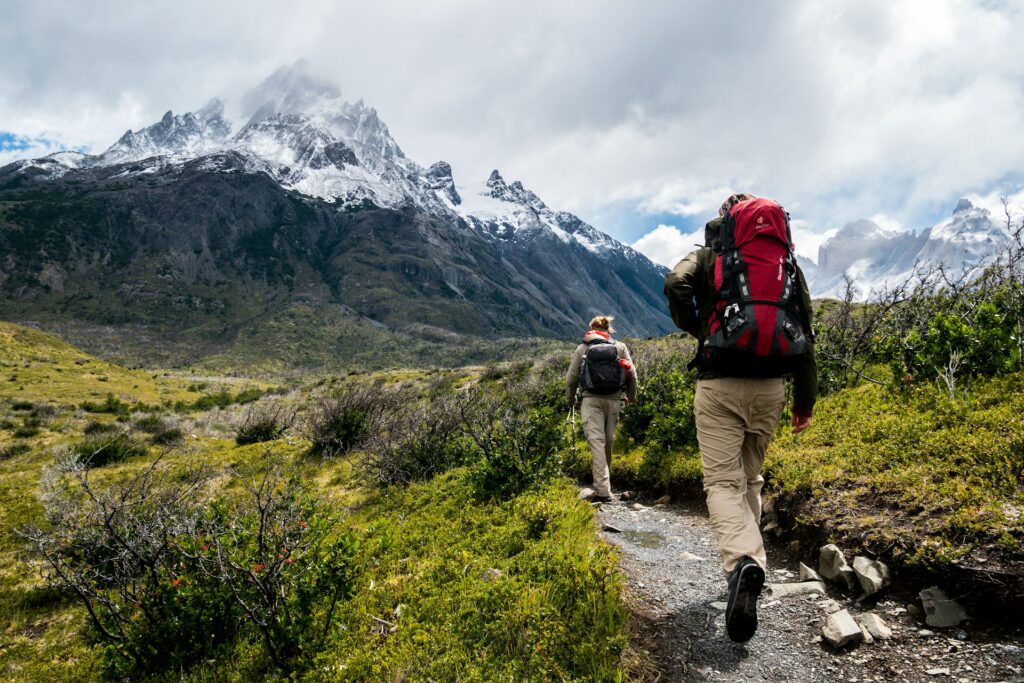
National parks often span multiple ecosystems and elevation changes, making versatile clothing essential for comfort without an RV’s storage space. Build your camping wardrobe around the layering principle—moisture-wicking base layers, insulating mid-layers, and waterproof/windproof outer shells that can be adjusted throughout the day as conditions change. Pack smartly by choosing versatile items that serve multiple purposes, like zip-off hiking pants that convert to shorts or lightweight long-sleeve shirts with UPF protection and roll-up sleeves.
Always bring a warm hat and gloves regardless of season, as evening temperatures can drop dramatically, especially in desert or mountain environments. For footwear, waterproof hiking boots provide all-day support, but pack comfortable camp shoes like sandals or slip-ons to give your feet a break around the campsite after long hikes.
Tips for Extending Your Stay Comfortably
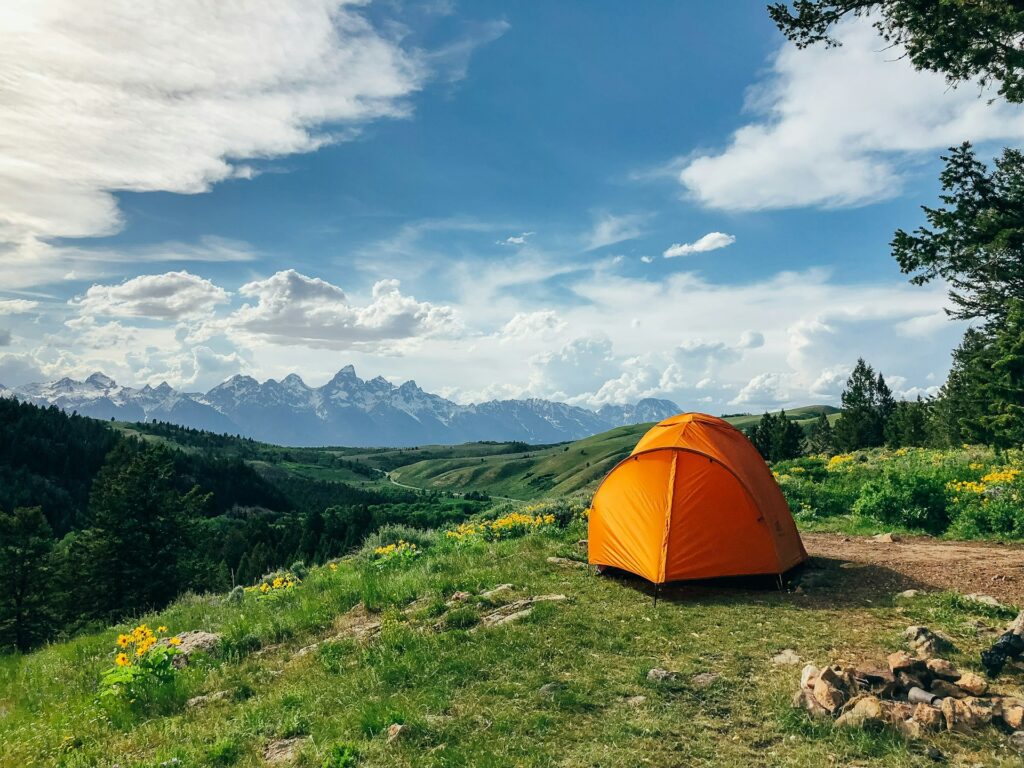
Longer national park camping trips require additional planning but offer deeper immersion in these natural treasures. Organize a dedicated “basecamp improvement kit” including items like extra cord, carabiners, bungee cords, and repair materials that help adapt your site for extended comfort. Consider portable laundry solutions like collapsible washing basins and quick-dry clothing that can be washed and dried within a day. Plan your food strategy for longevity—start with perishables, then transition to hardier fresh items before finishing with shelf-stable foods as your trip progresses.
Establish daily routines that maintain organization and prevent the site from becoming cluttered or dirty, which quickly diminishes comfort. Finally, build rest days into your itinerary between major activities—these slower-paced days allow you to fully enjoy your campsite, perform maintenance tasks, and recharge for upcoming adventures without exhaustion.
Conclusion
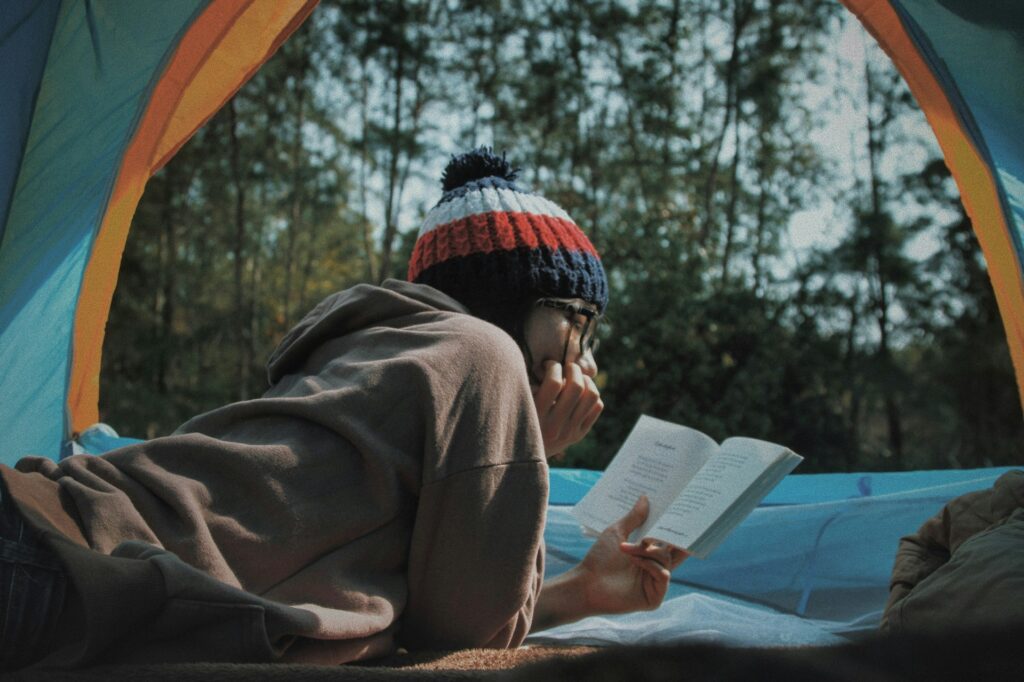
National parks offer some of America’s most spectacular camping opportunities, and foregoing an RV opens up countless possibilities for deeper wilderness experiences. With thoughtful preparation and the right equipment, tent camping can be remarkably comfortable while maintaining the authentic connection to nature that draws us to these protected landscapes. From perfectly situated campsites to well-designed sleep systems and practical camp kitchens, each element of your setup contributes to an enjoyable, stress-free experience.
The skills you develop creating comfort in these settings translate to greater self-sufficiency and confidence in outdoor living. As you master these techniques, you’ll find yourself extending your stays, exploring more remote areas, and developing a profound appreciation for the simplicity and freedom that non-RV camping provides in our nation’s most treasured natural settings.

